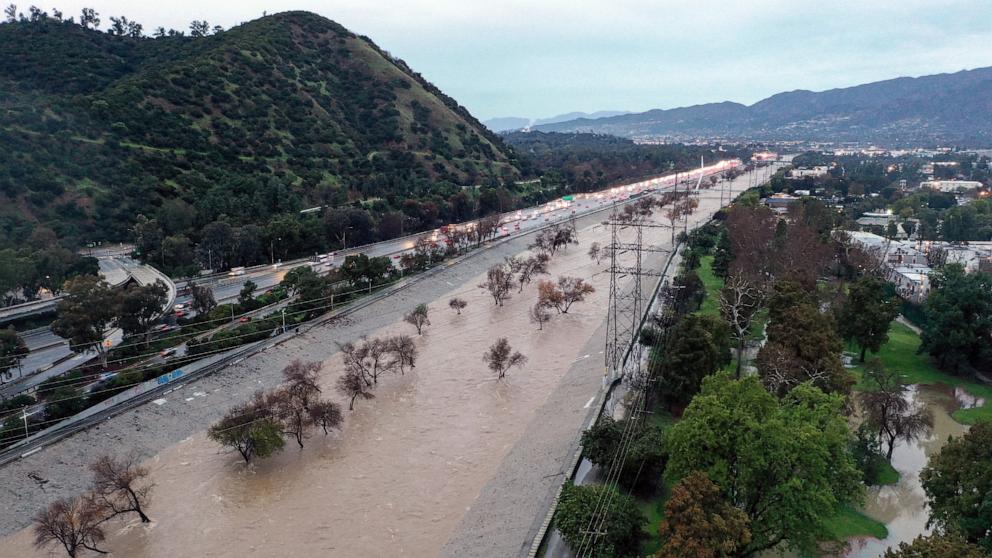![]()
Powerful rains swept through California late Sunday and Monday, causing widespread flooding and prompting evacuations in various regions.
According to The New York Times, the storm, which lingered over Southern California, led to record-breaking rainfall in some areas. Floodwaters inundated parts of Los Angeles County, including Studio City, the Santa Monica Mountains, and the San Gabriel River. While flash flood warnings were lifted on Monday morning, forecasters cautioned that continuous rainfall could increase the risk of further flooding and landslides.
In Studio City, debris flow damaged several homes, necessitating evacuations. Cleanup efforts were underway as crews worked to clear mud and debris from affected areas. Mudslides also occurred in the Hollywood Hills, impacting canyon roads.
Beyond flooding, the storm also brought hurricane-force winds, flight delays, power outages affecting hundreds of thousands of customers, and disruptions to sporting events.
With mandatory evacuation orders in place and concerns about “life-threatening” floods and landslides, authorities urged residents to prioritize safety.
According to The Wall Street Journal, experts warned that the current flood-control system, designed to channel water to the ocean swiftly, may face challenges in coping with increasingly extreme storms fueled by climate change. A report from the University of California, Irvine, projected significant risks associated with a 100-year flood event, including property damage and endangerment of thousands of individuals.
As California grapples with the aftermath of the floods, attention turns to the need for proactive measures to address climate change and enhance infrastructure resilience to mitigate the impact of future extreme weather events.
Photo courtesy of Mario Tama.





